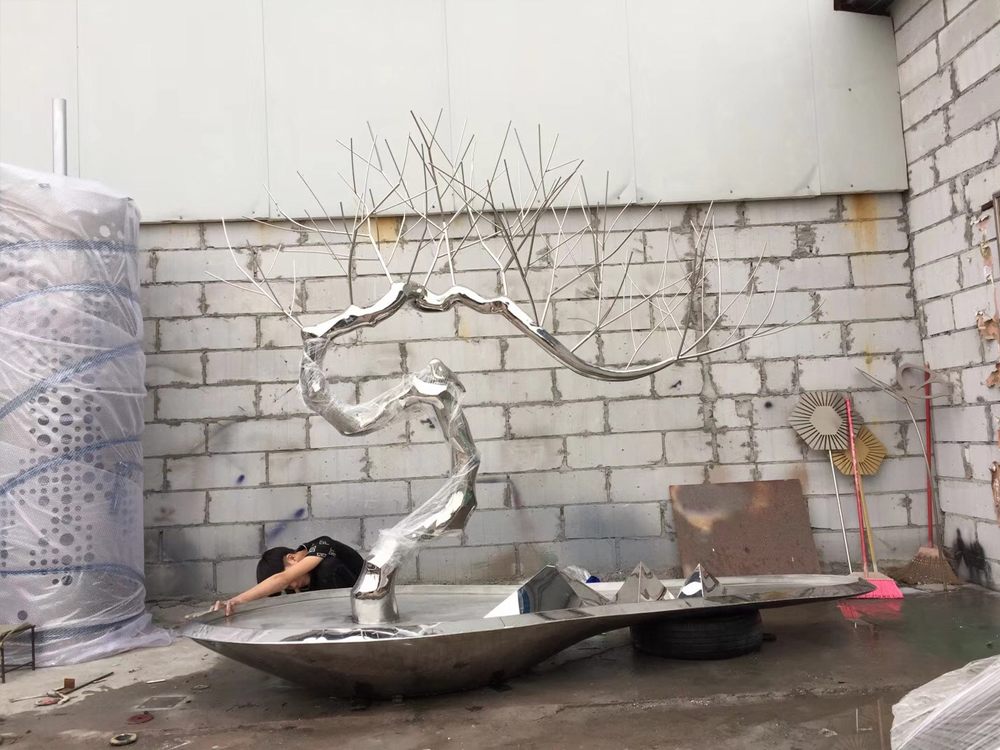
When selecting stone finishes for countertops, flooring, or architectural features, understanding the distinction between hand-rubbed and machine-buffed techniques is crucial. These two methods create distinctly different results in terms of appearance, texture, and longevity.
Hand-rubbed finishes are crafted by skilled artisans using manual polishing techniques. This labor-intensive process creates a soft, matte surface with subtle variations that highlight the stone's natural character. The finish typically appears more organic, with slight imperfections that add warmth and authenticity. Hand-rubbing preserves the stone's porous qualities, making it ideal for surfaces where a rustic or natural look is desired.
Machine-buffed finishes, by contrast, are created using mechanical polishing equipment with progressively finer abrasives. This results in a highly reflective, glossy surface that maximizes light reflection. The mechanical process creates more uniform results across the entire surface, offering a sleek, contemporary appearance. Machine polishing also densifies the stone's surface, making it more resistant to stains and easier to maintain.
Durability differs significantly between the two finishes. Machine-buffed surfaces generally withstand daily wear better due to their hardened surface, while hand-rubbed finishes may require more frequent sealing. However, hand-rubbed stone develops a beautiful patina over time that many designers find appealing.
Your choice between these finishes should consider both aesthetic preferences and practical requirements. Hand-rubbed finishes excel in creating organic, textured looks, while machine-buffed finishes deliver shine and durability for high-traffic areas. Both methods showcase stone's natural beauty, just through different artistic lenses.

